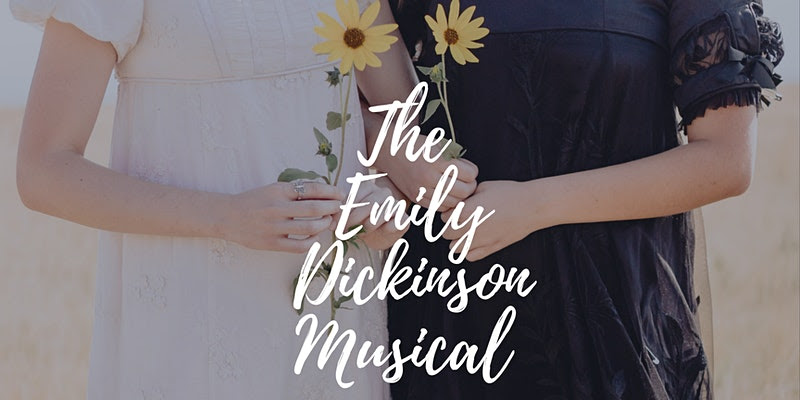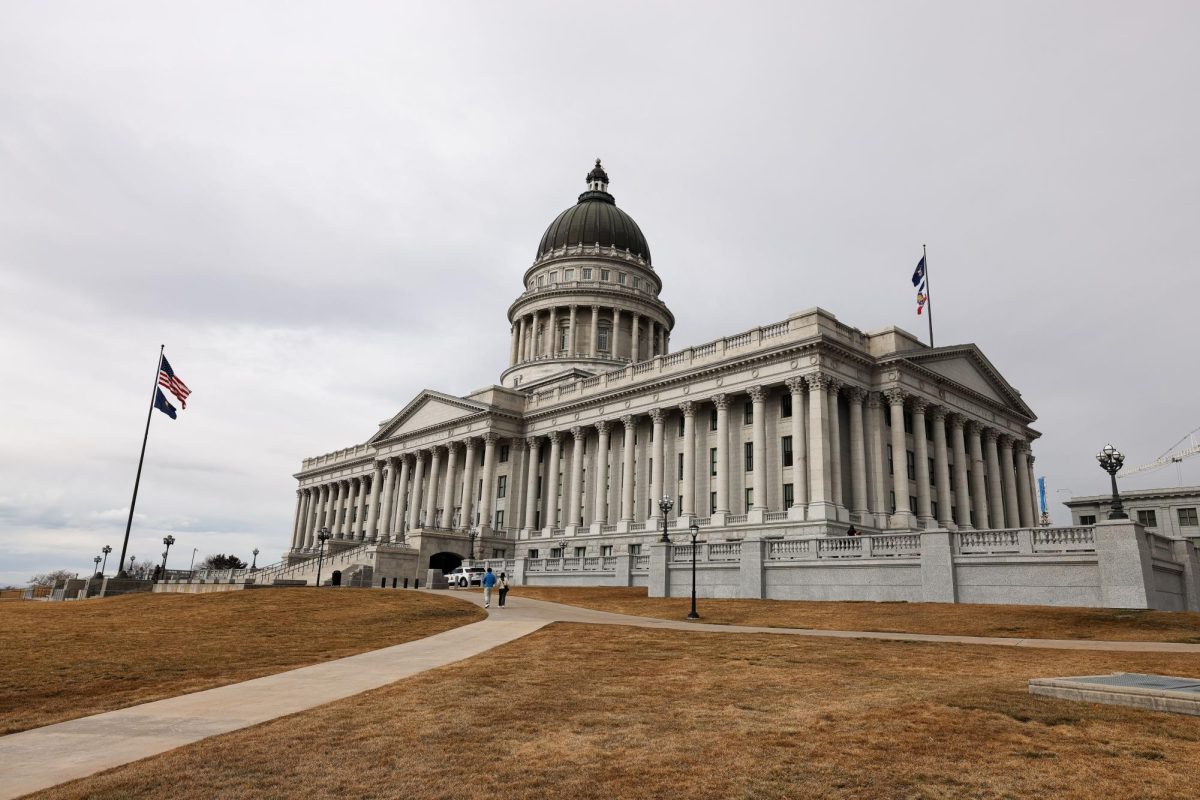‘The Emily Dickinson Musical’: A Poet In Her Own Terms
October 2, 2021
On Sept. 30, University of Utah student production company, Open Door Productions, premiered “The Emily Dickinson Musical” — a dedicated exploration of the life of poet Emily Dickinson, in both her poetic pursuits and personal relationships.
In life, and after her death, the well-known and beloved poet has always been defined by others — her work heavily edited by publishers and her personality caricatured. The musical gives Dickinson the space to speak for herself, to represent herself as artist, woman and lover, on her own terms.
Queer and Female-Driven
The musical captures Emily Dickinson (Mariah Stanelle) trying to pursue poetry and realize her love for her best friend, Susan Gilbert (Eva Merrill), while wrestling with the societal expectations for women in the 1800s.
Male influence surrounds Emily on every side. When she decides she wants to publish her poems, she’s met with the harsh realities of the male-dominated publishing industry.
Her poems cannot be published without corrections that completely change them. Publisher Thomas Higginson (Dylan Birningham) suggests her poems be published anonymously because the public won’t accept a woman poet.
Expectations for marriage to a man are set by her family and gentleman caller, George Gould (Fynn White).
Emily refuses to succumb to these expectations and becomes the driver of her own story. She continues to write poetry the way she wants to, not for fame or to appease publishers. She doesn’t get married — keeping her promise to Susan that she won’t. Even when Susan marries Emily’s brother, Austin Dickinson (Alexander McConkie), Emily doesn’t stop loving her.
Escaping Easy Definition
“The Emily Dickinson Musical” fights against one-dimensionality — Emily is queer, a woman and an artist, and cannot be defined by merely one of those things.
The historical moment in which she lived didn’t recognize her as a multidimensional human being, but we as viewers of the musical do. She is every bit as human as we are. Her complex life is woven with social, gender and artistic expectations. She has to make choices, even when she has no choice.
The one dimensional approach to Emily Dickinson is a disservice to everything she was as an artist and person. Though we have attempted to capture her in our imaginations, solidify her identity, she still escapes definition.
I’ve been thinking about the meaning of representation since the musical, and I’ve discovered that part of representation is allowing a person to be complex — regardless of whether we relate to their complexity or understand it. It’s about a person showing us their complexity, rather than us trying to explain their complexity.
Emily Dickinson is no longer here to tell her own story. “The Emily Dickinson Musical” is a moment where we can get a little closer to that story, a story that ultimately affects every single one of us no matter who we are. A story of how time and place and love and art, shape and change the course of our lives. If we can find compassion for her story, we can find compassion for our own and others’.
For updates on upcoming shows from Open Door Productions, visit their Facebook page.









Eiko Yachimoto • Nov 10, 2021 at 6:40 pm
First of all, thank you John in Malaysia for posting this in facebook.
I fully enjoyed reading your article, dear Tervela Georgieva san.
Decades ago I too was working for my BA when I encountered Emily Dickinson. We were assigned to write a poem in the style of Emily Dickinson. So a student from Japan, I remember I began :
45 degree is the angle you keep
in bowing to elders
Otherwise they call you xxxx
I do agree when you say
She is every bit as human as we are
and
She still escape definition.
With my best wishes,